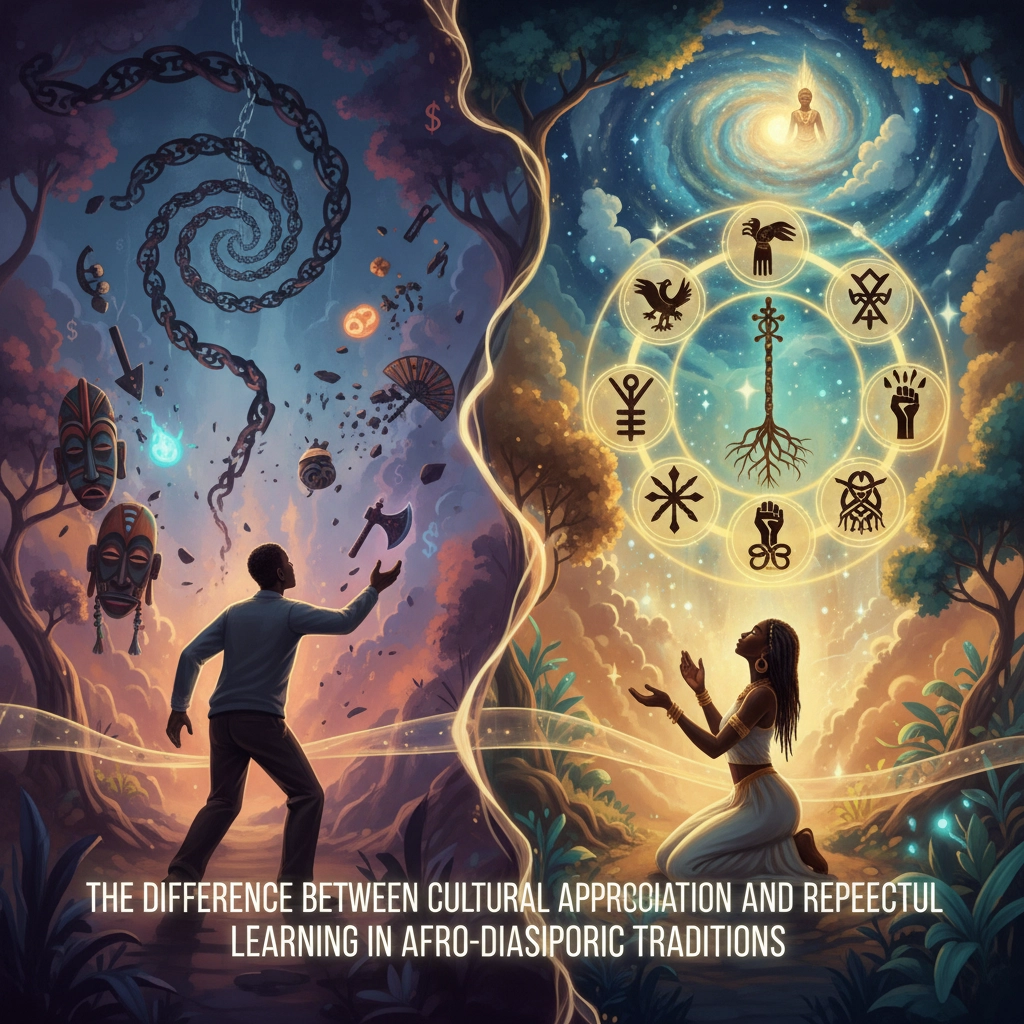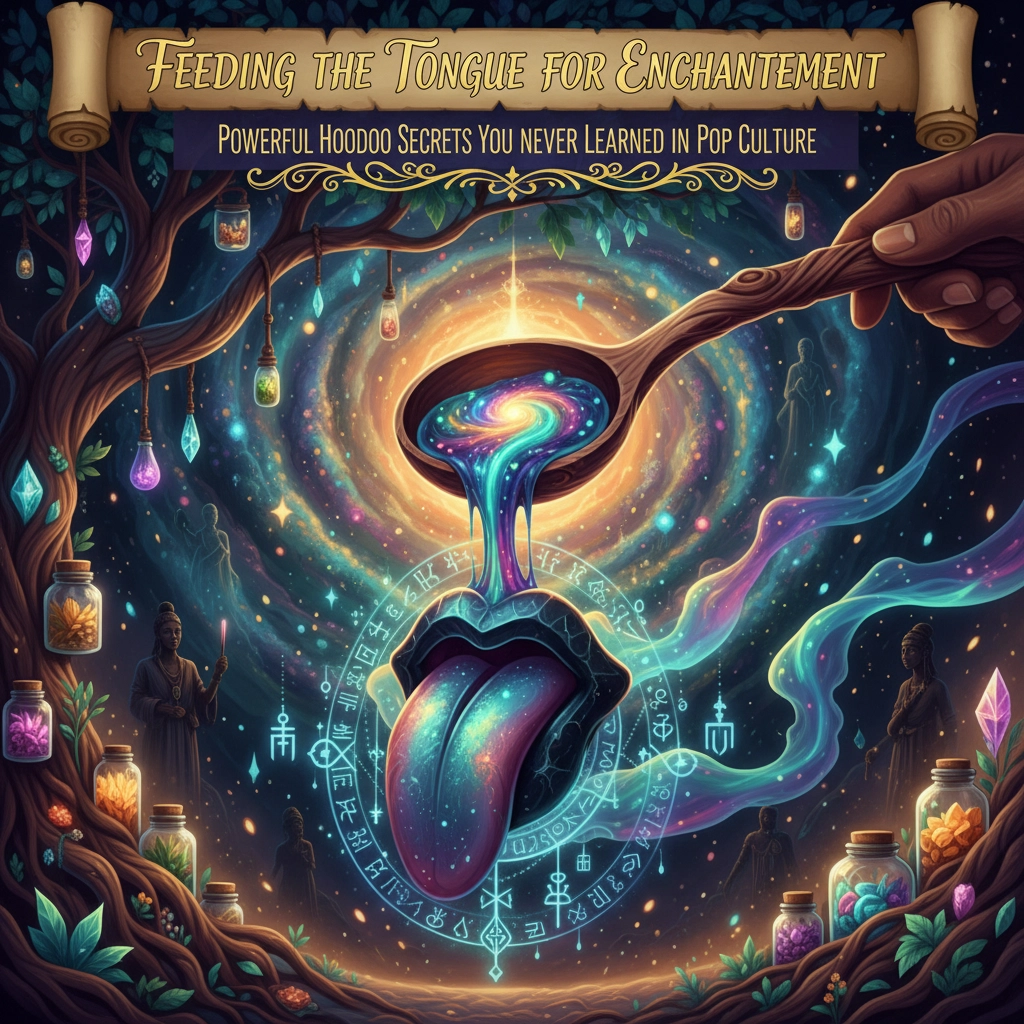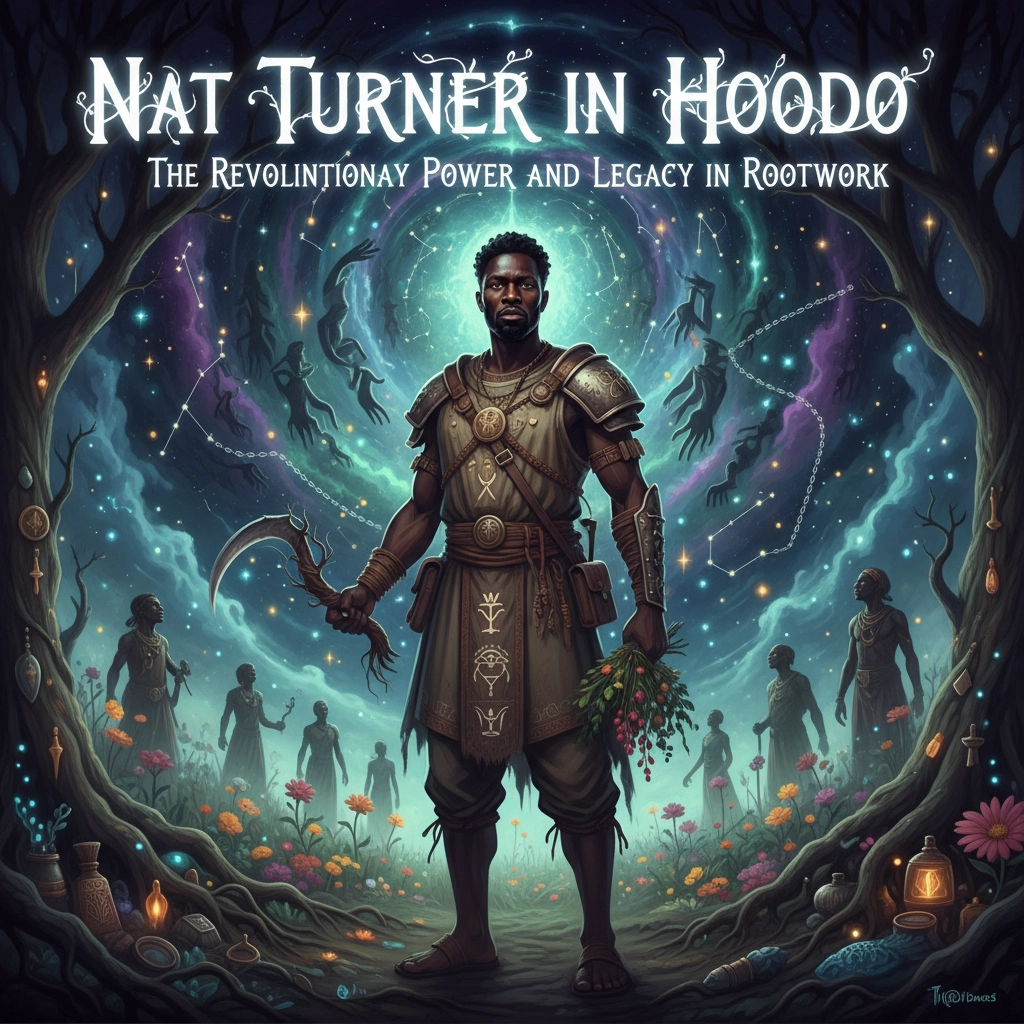Picture this: A heated Twitter debate erupts when a continental African writer accuses African Americans of "culturally appropriating" African styles. Meanwhile, in a Brazilian terreiro, descendants of enslaved Africans practice Candomblé rituals that some Nigerian visitors travel thousands of miles to learn about, because these traditions were better preserved in the Americas than in Africa itself.
Welcome to one of the most complex conversations in modern spirituality.
The line between cultural appropriation and respectful spiritual learning isn't just blurry in Afro-Diasporic traditions, it's practically invisible. And that's exactly why we need to talk about it.
Why the Rules Change When We're Talking Family
Here's what most people get wrong about cultural appropriation in Afro-Diasporic contexts: they apply the same framework used for, say, white people wearing sacred Native American headdresses to festivals. But when we're talking about descendants of enslaved Africans reconnecting with ancestral practices, we're dealing with an entirely different dynamic.
This isn't outsiders looking in: this is family trying to find their way home.
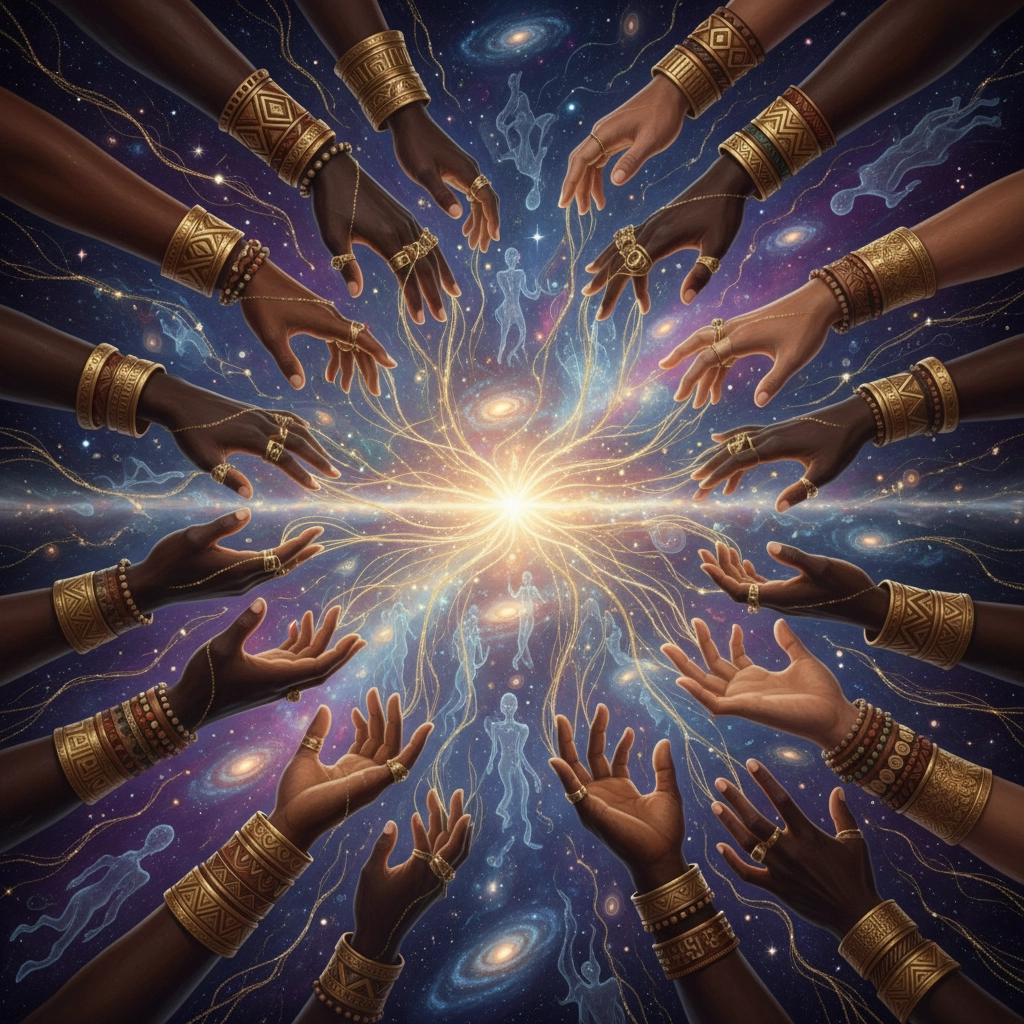
When African Americans engage with Yoruba traditions, or when Caribbean practitioners explore Kimbanda, they're not cultural tourists seeking exotic experiences. They're descendants attempting to heal a wound that slavery carved into their very identity. The systematic severing of cultural and spiritual connections wasn't a choice: it was violence.
The question isn't whether diasporic peoples have the "right" to these traditions. The question is: How do we rebuild these connections with dignity, education, and respect for the communities that preserved these practices?
The Colonial Boundaries Still Dividing Us
Here's something that might surprise you: Many of the cultural and territorial distinctions we use today to separate African communities were literally drawn by white colonial powers. When we use these artificial boundaries to police who can practice what, we're essentially doing colonialism's work for it.
Think about it. Nigeria, Ghana, Congo: these borders were drawn by Europeans who had zero understanding of how African cultures actually functioned. Traditional African societies were fluid, interconnected, and constantly exchanging practices and knowledge. The rigid nationalism we see today? That's a colonial import.
So when a Ghanaian tells an African American they can't practice certain traditions because they're "not really African," they might be unconsciously perpetuating the same divide-and-conquer tactics that separated Africans from each other in the first place.
What Real Cultural Retention Looks Like
Let's get clear on something crucial: There's a massive difference between cultural retention and cultural re-invention. And understanding this difference is key to navigating these waters respectfully.
Cultural retention refers to practices that were directly passed down from enslaved ancestors: like Louisiana Voodoo, Cuban Santería, or Brazilian Candomblé. These traditions evolved organically within diasporic communities, blending African spiritual technologies with whatever elements they encountered (often Catholic saints, for survival reasons).
Cultural re-invention, on the other hand, involves modern attempts to connect with African identity through contemporary symbols: dashikis, certain hairstyles, or newly adopted African names. There's nothing wrong with this, but it operates differently than ancestral practices.
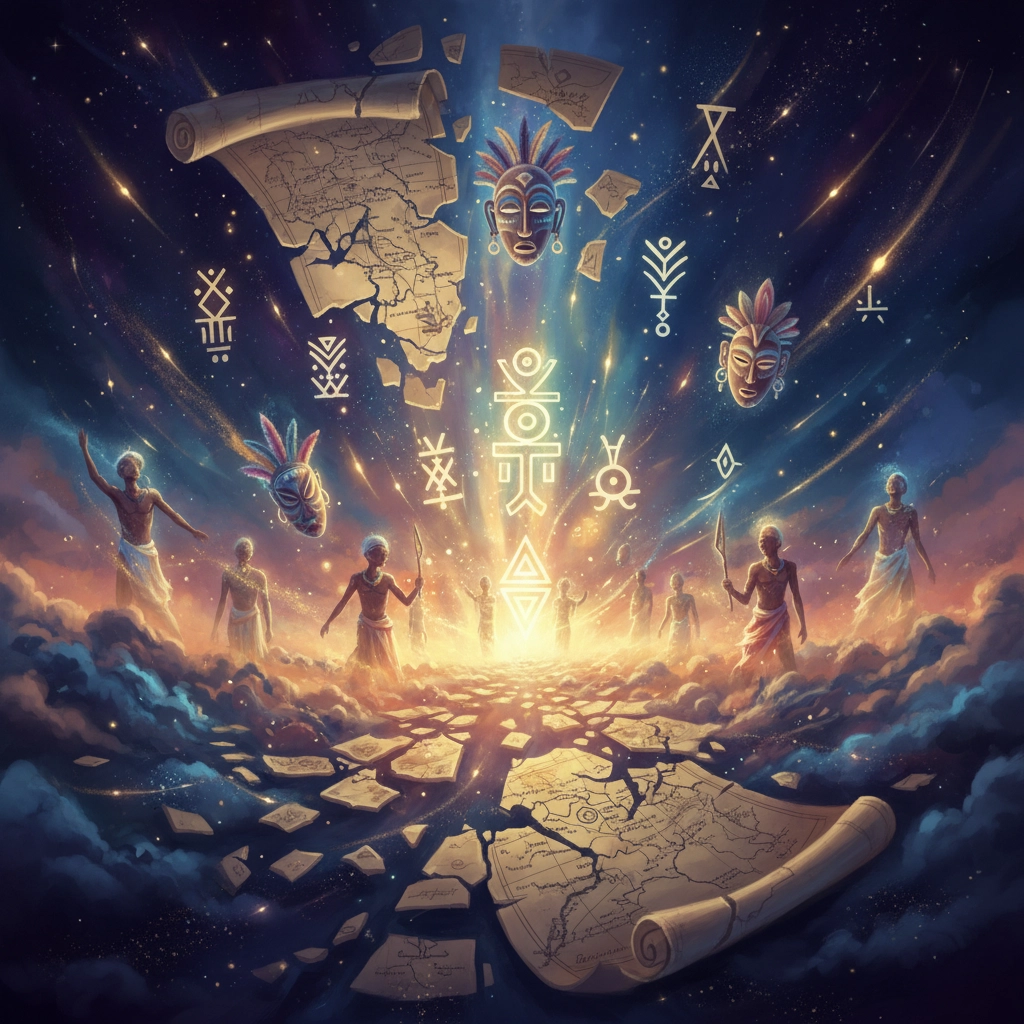
The beautiful irony? In many cases, New World African communities preserved certain traditions better than continental Africa did. That's why you'll find Nigerian priests traveling to Brazil to learn about Ifá practices that colonization disrupted back home. The technology served the tradition, not the other way around.
Red Flags vs. Green Lights: How to Tell the Difference
So how do you distinguish between cultural appropriation and respectful spiritual learning? Here are the telltale signs:
Red Flag Territory:
- Treating spiritual practices like fashion accessories
- Cherry-picking only the "cool" parts while ignoring the responsibility
- Commercializing sacred practices without giving back to source communities
- Claiming authority over traditions you haven't been properly initiated into
- Using spiritual practices to enhance your personal brand on social media
Green Light Approach:
- Seeking genuine education about the historical and cultural context
- Building relationships with authentic practitioners and communities
- Approaching practices with humility and long-term commitment
- Understanding that some knowledge is earned through proper initiation
- Contributing to the preservation and protection of these traditions
The key difference? Intention and investment. Are you here for the aesthetics, or are you here for the transformation?
The Power of Proper Education
Many problems in this space come down to one thing: lack of education. When people don't understand the depth, significance, and proper context of spiritual practices, they inevitably end up misrepresenting them.
Real education means understanding that African spirituality isn't monolithic. The continent contains thousands of distinct cultures, each with their own practices, protocols, and perspectives. Lumping them all together under vague terms like "African spirituality" does violence to this incredible diversity.
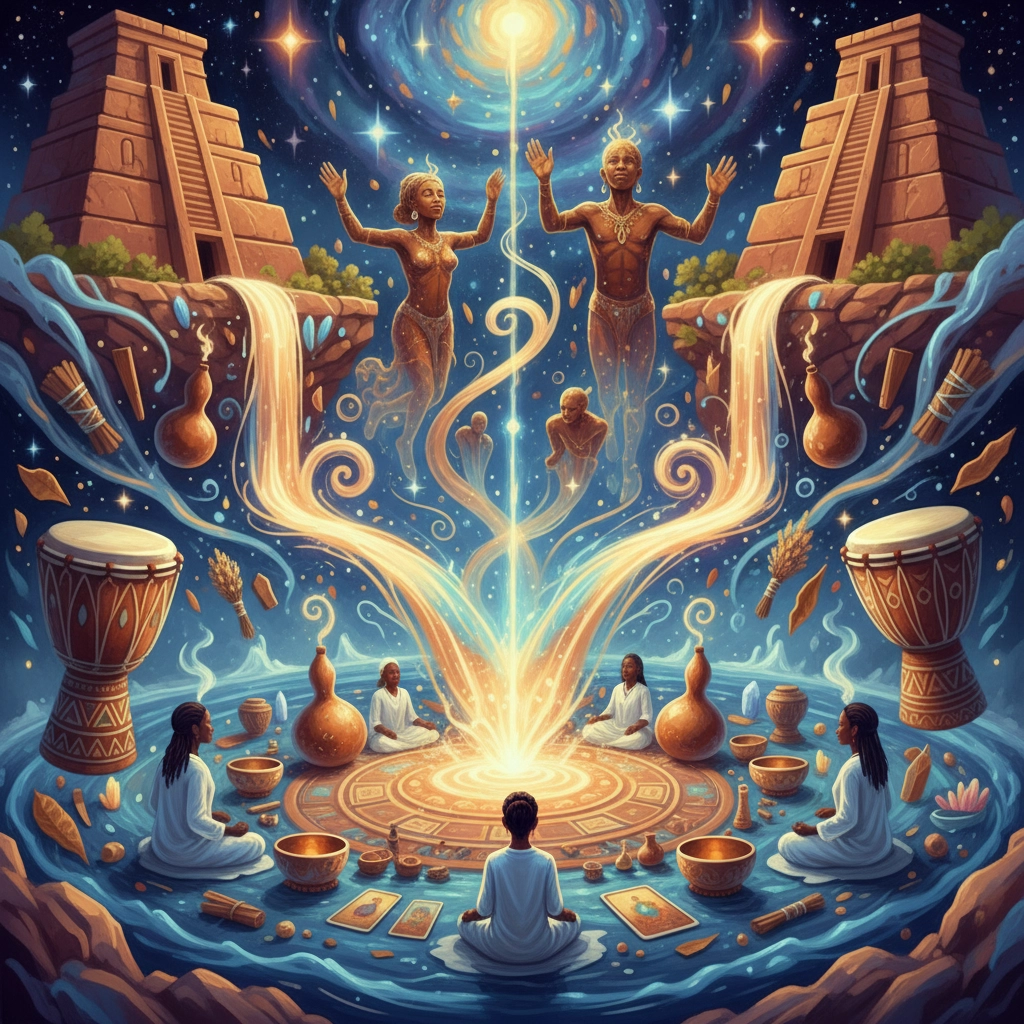
It also means recognizing that these aren't just historical artifacts: they're living, breathing traditions practiced by millions of people today. When you approach Palo Mayombe, Umbanda, or any other Afro-Diasporic tradition, you're not exploring museum pieces. You're engaging with communities that have kept these flames burning through centuries of persecution.
Building Bridges, Not Walls
Here's where the conversation gets really interesting: Some of the most powerful spiritual work happens when different branches of the African diaspora connect and learn from each other. Cuban Santeros sharing knowledge with Brazilian Candomblecistas. Puerto Rican espiritistas learning from Haitian Vodouisants.
This cross-pollination isn't appropriation: it's the natural flow of cultural evolution that colonialism interrupted. When done with respect, education, and community blessing, these exchanges strengthen the entire tradition.
The technology serves the tradition, not the other way around.
But there's a crucial caveat: This kind of exchange requires relationship, not just research. You can't download spiritual wisdom from Google. You need teachers, communities, and proper initiation processes. You need to understand that some knowledge is earned, not given.
Where Community Connection Makes All the Difference
Want to know the secret to navigating this landscape respectfully? Community.
Real spiritual learning happens in relationship with living practitioners, not through YouTube videos or Instagram posts. It happens when you show up consistently, contribute meaningfully, and submit to proper teaching processes.
Many people worried about appropriation miss this crucial point: African diasporic communities are generally incredibly welcoming to sincere seekers. The problem isn't people wanting to learn: it's people wanting shortcuts.
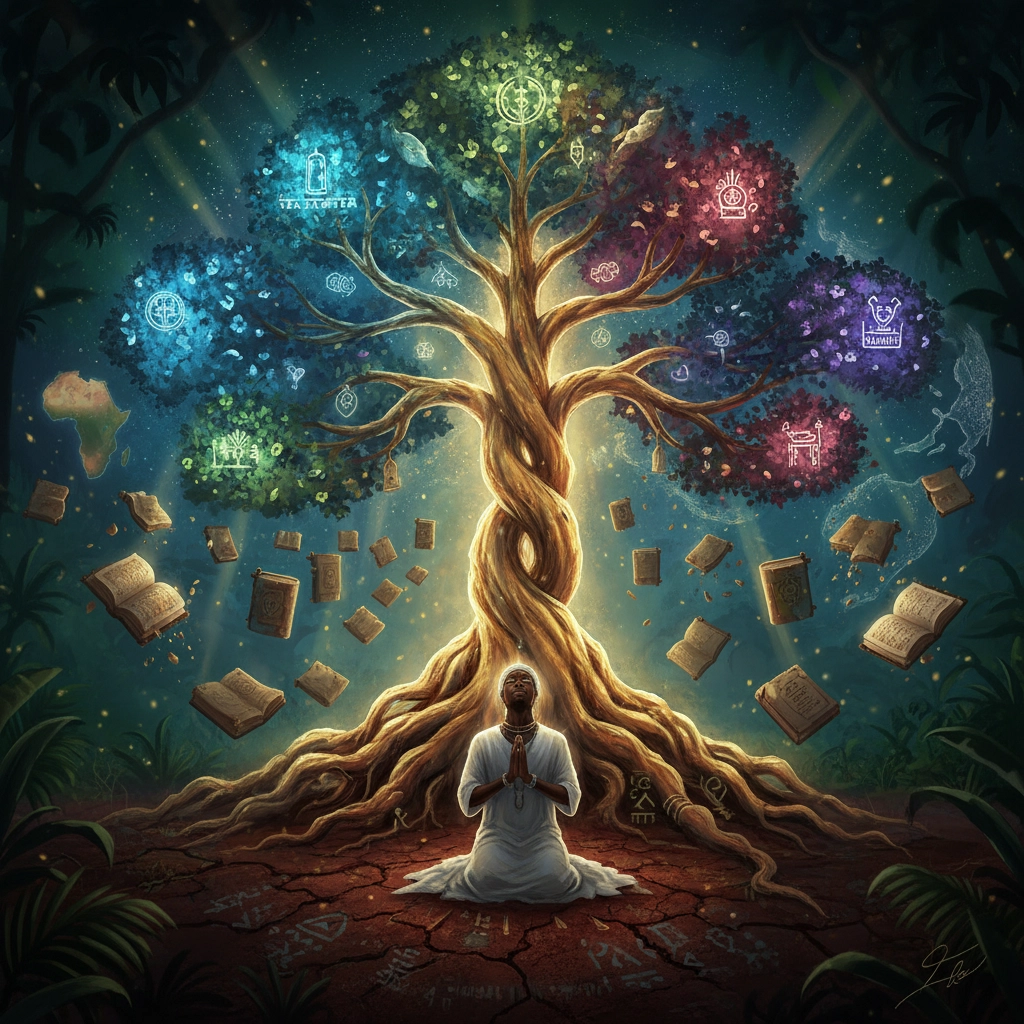
When you approach these traditions through authentic community connections, the questions about appropriation often answer themselves. Community elders and initiated practitioners can guide you toward respectful engagement. They can tell you what's appropriate for your level of involvement and what requires deeper commitment.
The Future of Spiritual Authenticity
Here's the truth that's hard for some people to swallow: Cultural purity is a myth. All traditions evolve, blend, and adapt over time. The goal isn't to preserve some imaginary "original" form: it's to maintain the essential spirit while allowing natural evolution.
The difference between appropriation and respectful learning isn't about maintaining rigid boundaries. It's about approaching these traditions with the reverence, education, and community connection they deserve.
We're not just talking about spiritual practices here: we're talking about technologies of survival, resistance, and transformation that have sustained millions of people through unimaginable hardship. These traditions deserve our deepest respect, our most sincere study, and our long-term commitment.
The ancestors who preserved these paths through slavery, colonization, and cultural genocide didn't do so for us to gatekeep them into irrelevance. They preserved them so future generations could find healing, empowerment, and connection to something larger than themselves.
The technology serves the tradition, not the other way around.
Whether you're African American exploring Yoruba practices, Caribbean examining Kimbanda, or any other combination of diasporic connection, remember this: You're not appropriating: you're coming home. But like any homecoming, it requires respect, humility, and genuine investment in the community you're joining.
The conversation about cultural appropriation versus respectful learning will continue to evolve. But as long as we center community wisdom, historical truth, and genuine spiritual hunger over social media performance and cultural gatekeeping, we'll find our way to practices that honor both tradition and transformation.
That's not just good spirituality: that's how we heal the wounds that colonialism left behind.

